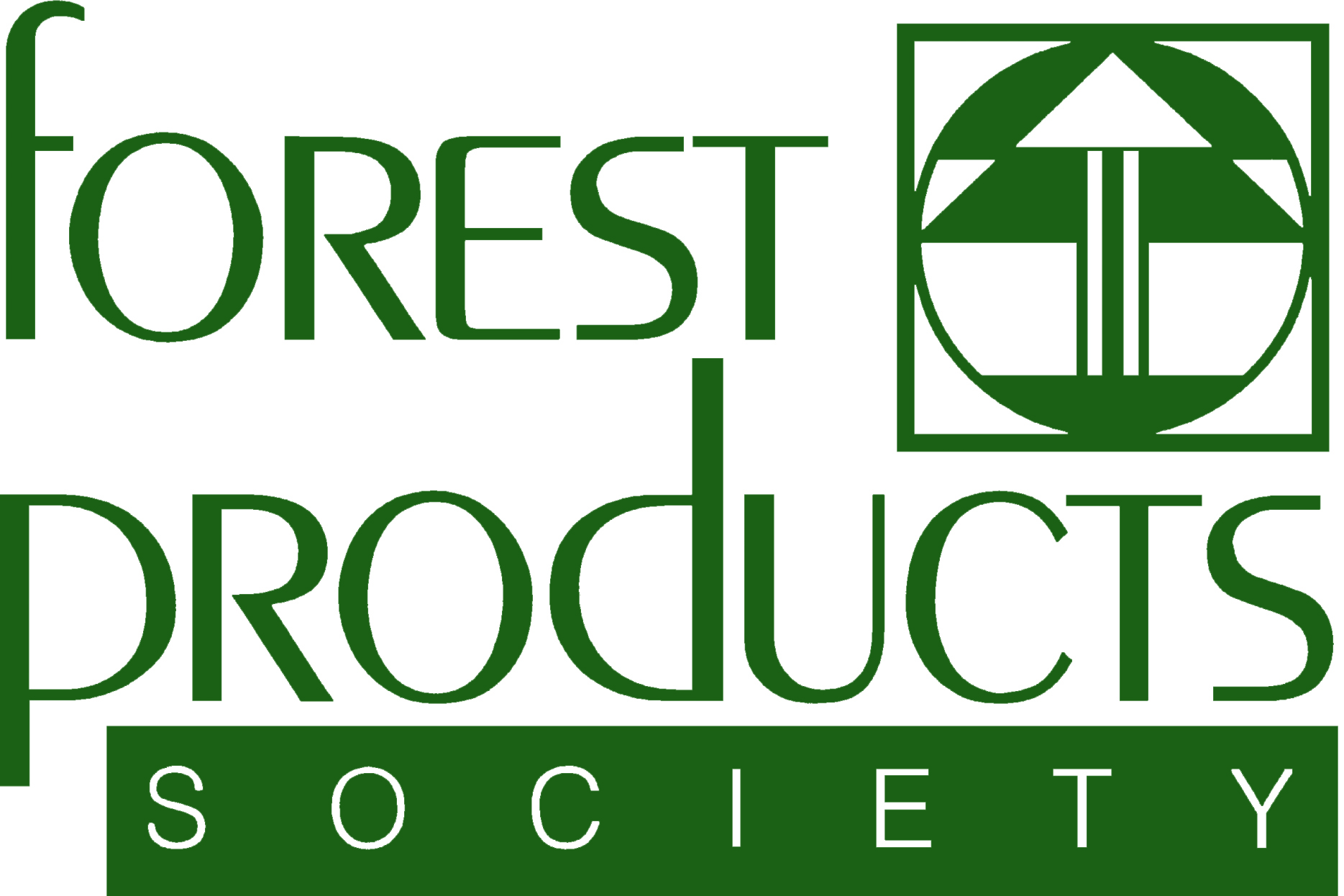Item View
Publication: Forest Products Journal
Authors: Stayton C L|Hyvarinen M J|Gertjejansen R O|Haygreen J G
Reference ID: 21 (12):29-30
Publish Year: 1971
Member Download Price: $0.00
Member Physical Price: $0.00
Title: Aspen and Paper Birch Mixtures as Raw Material for Particleboard
Description:
Twenty-four 1/2-inch 45-1b. per cu. ft. density particleboard panels were made of aspen (Populus tremuloides Michx.) and paper birch (Betula papyrifera Marsh.) flakes 0.014-inches thick by 0.5-inches long by random width and either 6 percent phenolic or 8 percent urea resin. Aspen to birch proportions were: all aspen, 1:2, 2:1, and all birch. Three panels for each mix ratio and adhesive were made. The board type averages varied from 5,100 to 7,840 psi modulus of rupture, 721,000 to 963,000 psi modulus of elasticity, 154 to 217 psi internal bond, 0.11 to 0.32 percent linear swell, and 12.1 to 22.6 percent thickness swell when equilibrated from 50 percent to 90 percent relative humidity, and 4.0 to 14.2 percent residual thickness swell when brought back to 50 percent relative humidity. All board types were commercially acceptable, and there were no problems in board formation, pressing, adhesive cure, or bonding. However, generally, the all-aspen phenolic board was the strongest, stiffest, and most dimensionally stable, whereas the all-birch urea board was weakest, least stiff, and least dimensionally stable board, although still commercially acceptable. The mixed species boards were intermediate in quality, with quality decreasing with increasing ratio of birch to aspen.
Twenty-four 1/2-inch 45-1b. per cu. ft. density particleboard panels were made of aspen (Populus tremuloides Michx.) and paper birch (Betula papyrifera Marsh.) flakes 0.014-inches thick by 0.5-inches long by random width and either 6 percent phenolic or 8 percent urea resin. Aspen to birch proportions were: all aspen, 1:2, 2:1, and all birch. Three panels for each mix ratio and adhesive were made. The board type averages varied from 5,100 to 7,840 psi modulus of rupture, 721,000 to 963,000 psi modulus of elasticity, 154 to 217 psi internal bond, 0.11 to 0.32 percent linear swell, and 12.1 to 22.6 percent thickness swell when equilibrated from 50 percent to 90 percent relative humidity, and 4.0 to 14.2 percent residual thickness swell when brought back to 50 percent relative humidity. All board types were commercially acceptable, and there were no problems in board formation, pressing, adhesive cure, or bonding. However, generally, the all-aspen phenolic board was the strongest, stiffest, and most dimensionally stable, whereas the all-birch urea board was weakest, least stiff, and least dimensionally stable board, although still commercially acceptable. The mixed species boards were intermediate in quality, with quality decreasing with increasing ratio of birch to aspen.
You must be logged in to download any documents. Please login (login accounts are free) or learn how to Become a Member
